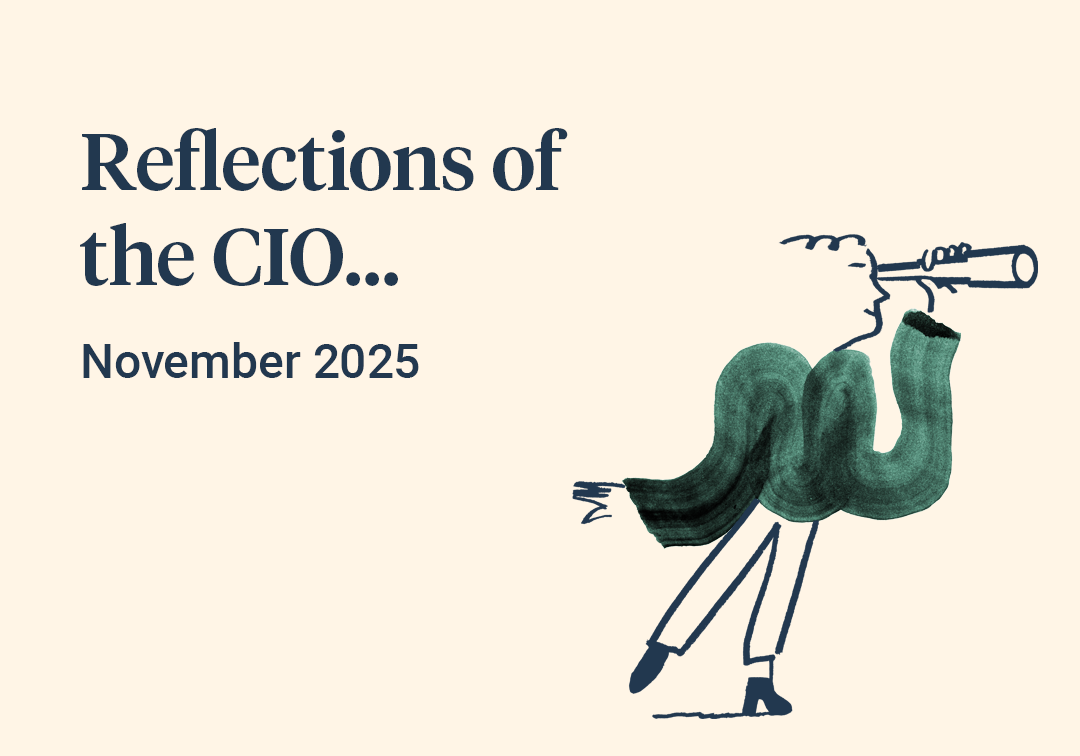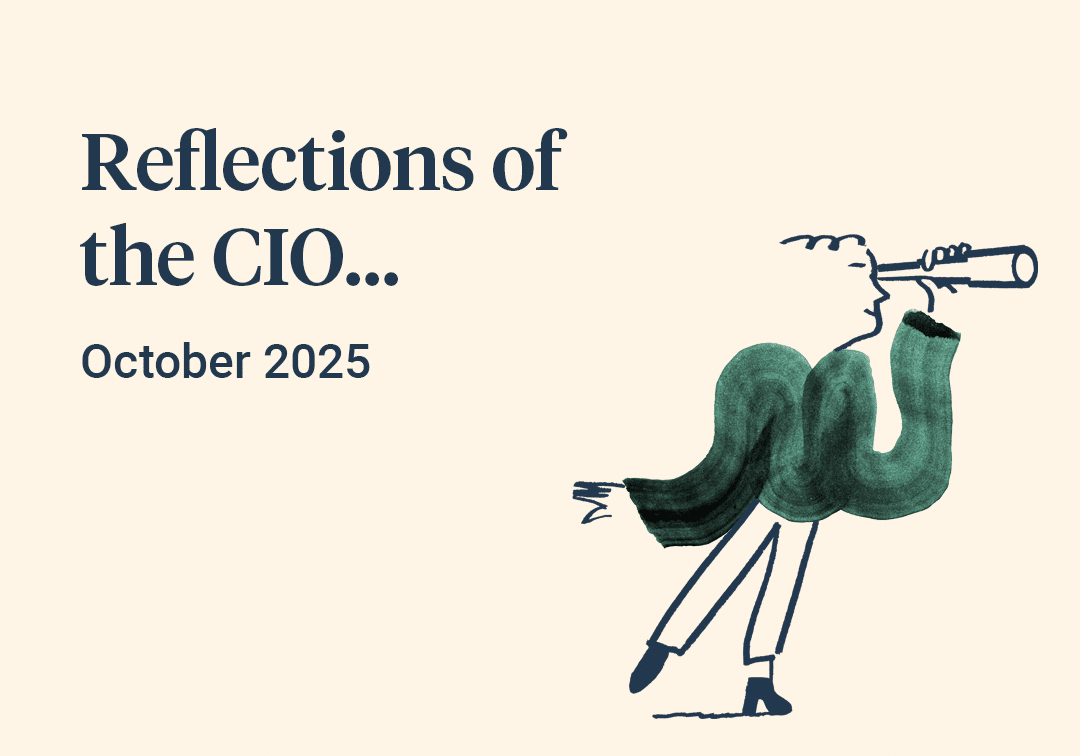It wasn’t just the weather that turned out worse than usual in April, market performance was also weak across the board, as a confusing mish mash of forces ultimately ended up pushing global equity indices sharply lower.
In our reports of the last few months, we have been suggesting that a test of the last six months optimism was overdue. When the first test came in March – courtesy of ‘sticky’ US inflation figures – markets were able to shrug off any negativity, encouraged by the Federal Reserves relaxed verbal responses to the issue. However, as evidence built that the US economy and labour markets remained very strong, positive market sentiment faced another test. This time the Federal Reserve rhetoric had to shift to reflect the reality that there was no fundamental justification for cutting interest rates at this point, and certainly not at the speed with which bond markets had been assuming only a few months before. The resulting adjustment to market expectations prompted a sharp retreat in stock markets, which, admittedly felt a bit more like a bout of aggressive profit taking, than anything more sinister.
April was also a month where geopolitics and corporate earnings reports had, on the surface, a rather confusing impact. The negative connotations of an escalation in Middle Eastern violence weren’t enough, in the end, to move oil prices, which remained flat on the month. Similarly, the positive effect of a strong US earnings season wasn’t enough to stop the S&P 500 falling c -5.4% at its worst point.
Dis-entangling how both good and bad news can be ignored, or spark the opposite effect than one might think, essentially boils down to understanding what is broadly ‘in the price’ of an asset before an event happens. For example, the oil price already had a significant risk premium built into it for any further bad news, so the exchange of fire between Israel and Iran and its subsequent de-escalation, wasn’t enough to move the needle further. Similarly, the strong performance of US equities in the run up to earnings season had already built in the expectation of good results, which duly arrived but didn’t bring enough in the way of ‘new’ news to move stocks higher than they all ready where.



